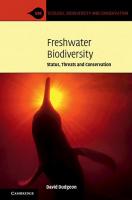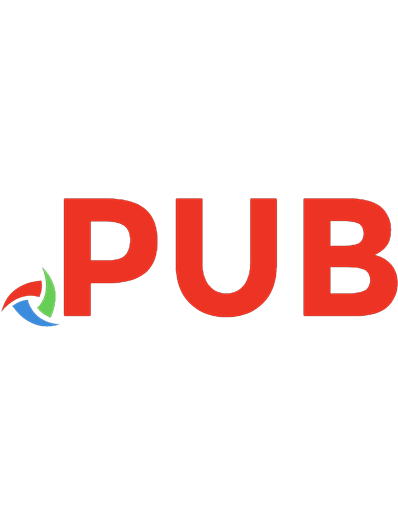Conservation Drones Mapping and Monitoring Biodiversity 2018933616, 9780198787617
552 183 307MB
English Pages [126] Year 2018
Table of contents :
Cover
Conservation Drones: Mapping and Monitoring Biodiversity
Copyright
Preface
Acknowledgements
Contents
Chapter 1. Deciding to use a drone
1.0 Introduction
1.1 Alternative technologies to acquireaerial data
1.1.1 Manned planes and helicopters
1.1.2 Satellites
1.1.3 Kites
1.1.4 Balloons and blimps
1.2 To drone or not to drone
1.2.1 Terrain
1.2.2 Weather
1.2.3 High altitude flying
1.2.4 Landing area
1.2.5 Regulations
Chapter 2. Typology and anatomy of drones
2.1 Multirotor
2.2 Fixed wing aircraft
2.3 Hybrid VTOL
2.4 Features of multirotor vs fixed wing vs VTOL drones
2.5 Essential components
2.5.1 Power source
2.5.2 Flight controller
2.5.3 Ground control station
2.6 Summary
Chapter 3. Sensors
3.0 Introduction
3.1 Sensor types
3.1.1 Visible spectrum sensors (RGB)
3.1.2 Multispectral cameras Modified RGB cameras
3.1.3 Hyperspectral cameras
3.1.4 Thermal imaging cameras
3.1.5 Light Detection and Ranging (LiDAR)
3.1.6 Synthetic Aperture Radar (SAR)
3.1.7 Telemetry
3.1.8 Miscellaneous sensors
3.1.9 Live transmission
3.2 Applications of sensor types
3.2.1 Animal studies
3.2.2 Locating radio-tagged animals
3.2.3 Land-cover classification
3.2.4 Land-cover change detection
3.2.5 Land-cover features
3.2.6 Water content/stress
3.2.7 Leaf area index
3.2.8 Fires
3.2.9 Miscellaneous applications
Chapter 4.
Surveillance
4.1 Terrestrial
4.2 Marine
4.3 Key issues
4.3.2 Ethics and privacy
4.3.3 Regulations
4.3.1 Technical challenges
Chapter 5. Mapping
5.1 Land-cover mapping
5.2 Monitoring of vegetation condition
5.3 Biomass estimation
5.4 Key considerations
5.4.1 Mission planning
5.4.2 Data processing software
5.4.3 Environmental factors
Chapter 6. Animal detection
6.1 Animal distribution and densitydata collection
6.1.1 Alternative methods
6.2 Drone usage for animal distribution and density
6.2.1 Comparing traditional surveys to drone surveys
6.2.2 Estimating density and population size
6.3 Anti-poaching efforts
6.4 Disturbance
Chapter 7. Data post processing
7.0 Introduction
7.1 Photogrammetry basics
7.2 Basic process
7.3 Photogrammetry software packages
7.4 Analyses
7.4.1 General
7.4.2 Three-dimensional quantification of landscape and vegetation using photogrammetry
7.4.3 Analyses based on orthomosaics: land-cover and feature classification
7.4.4 Combining drone and satellite data
7.4.5 Automated analyses to detect and identify plant species
7.4.6 Automated animal detection, identification, and tracking
Chapter 8. Future casting
8.1 Power systems
8.2 Autonomous systems
8.3 Platform integration
References
Index

![Wildlife: Destruction, Conservation and Biodiversity : Destruction, Conservation and Biodiversity [1 ed.]
9781617285998, 9781606929742](https://dokumen.pub/img/200x200/wildlife-destruction-conservation-and-biodiversity-destruction-conservation-and-biodiversity-1nbsped-9781617285998-9781606929742.jpg)



![Biodiversity and Conservation [1 ed.]
9781534506428, 9781534506411](https://dokumen.pub/img/200x200/biodiversity-and-conservation-1nbsped-9781534506428-9781534506411.jpg)

![Biodiversity in Dead Wood (Ecology, Biodiversity and Conservation) [1 ed.]
0521888735, 9780521888738](https://dokumen.pub/img/200x200/biodiversity-in-dead-wood-ecology-biodiversity-and-conservation-1nbsped-0521888735-9780521888738.jpg)


